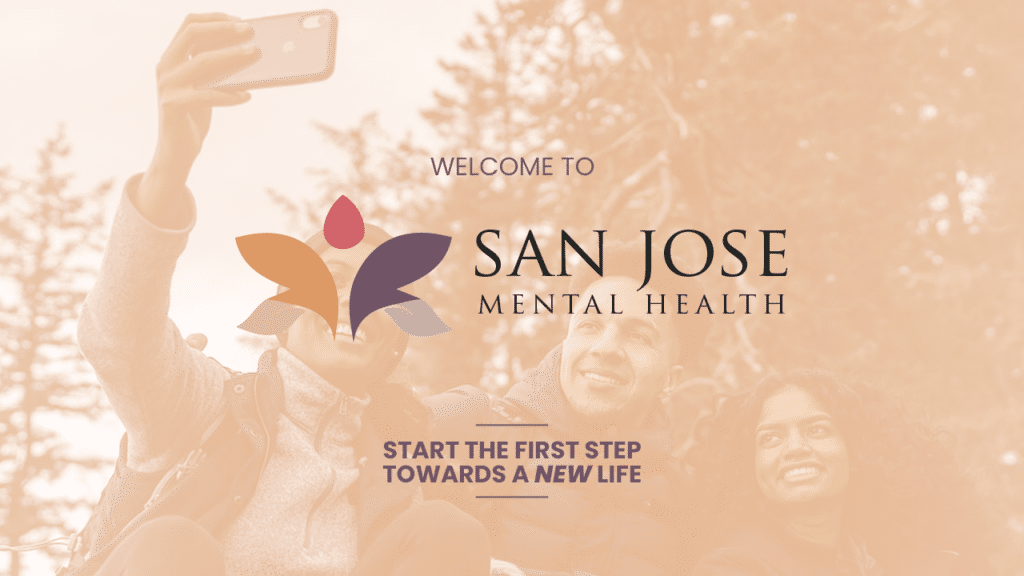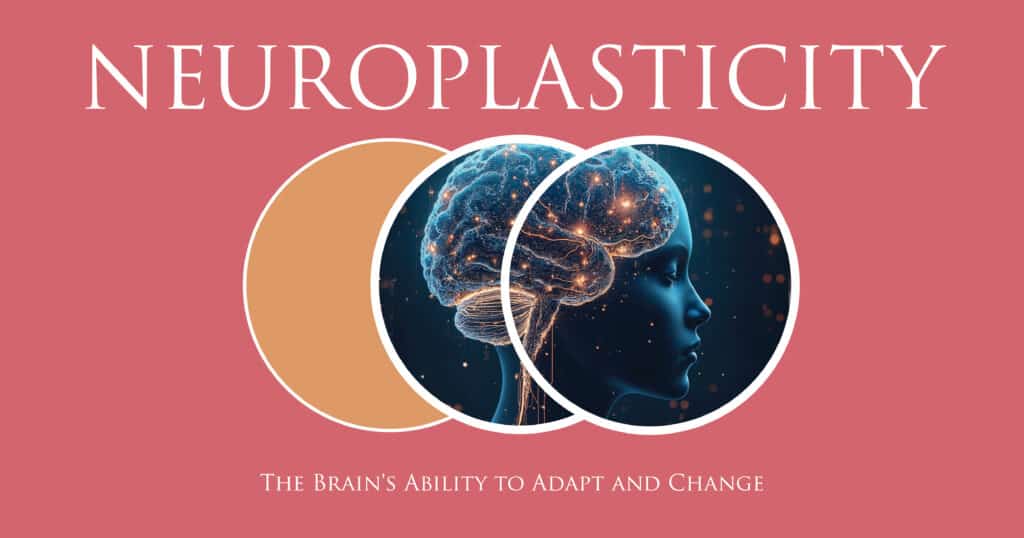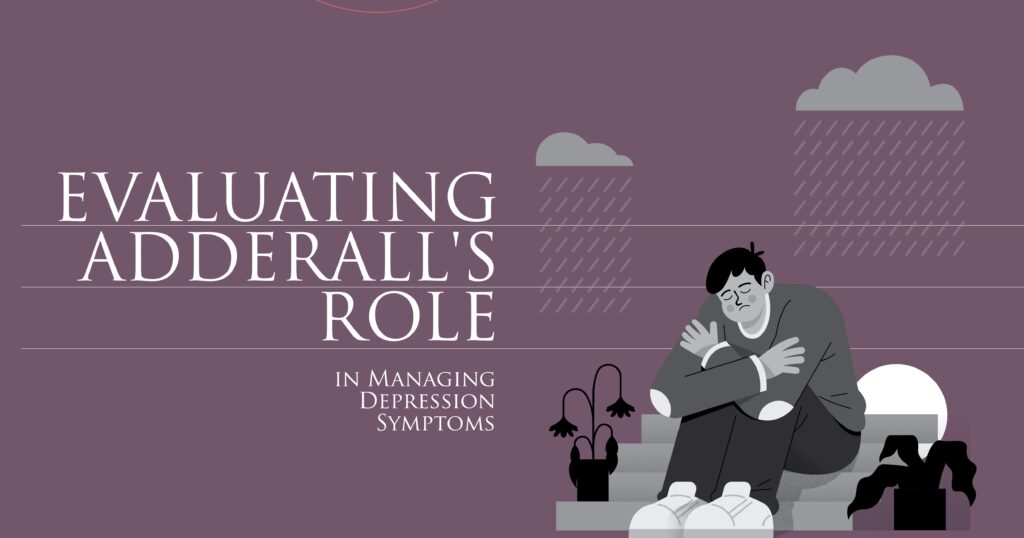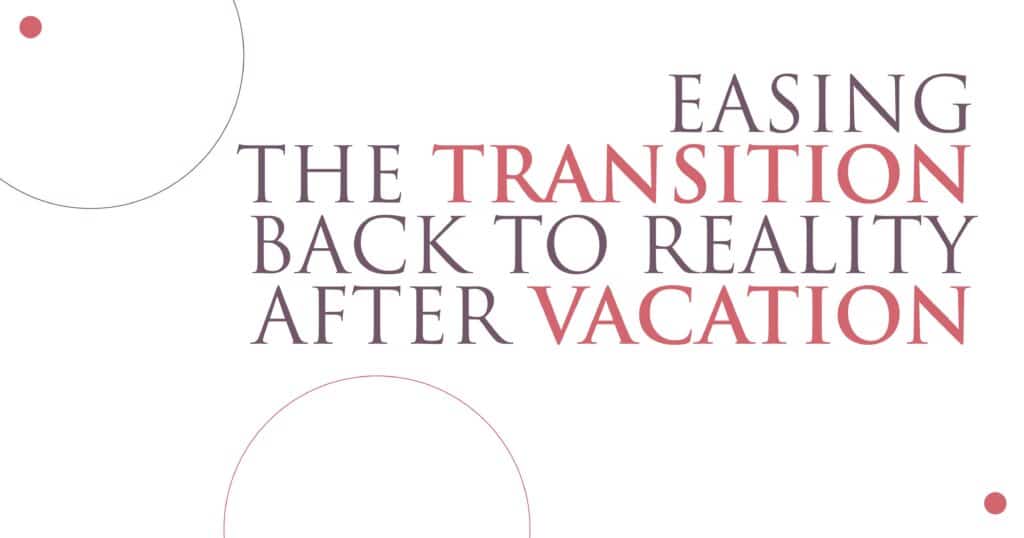The human brain is more adaptable than most people realize. Once believed to be static after a certain age, modern neuroscience reveals that the brain can rewire itself throughout life—a phenomenon known as neuroplasticity. This natural ability enables individuals to learn, recover from injuries, and adapt to new experiences. Whether through forming new habits, recovering after trauma, or enhancing cognitive abilities, neuroplasticity plays a vital role in shaping how we think, learn, and heal.
In this blog, we’ll explore what is neuroplasticity, how neurons and synapses influence this process, and how therapies and lifestyle factors can encourage brain adaptability. We’ll also highlight how San Jose Mental Health can support your cognitive recovery journey.
What Is Neuroplasticity?
Neuroplasticity, often described as brain plasticity or neural plasticity, is the brain’s capacity to reorganize itself by forming new neuronal connections. This adaptive ability allows the brain to modify its structure and function in response to learning, experience, or injury. Whether you’re learning a new language or recovering from a stroke, your brain’s plasticity plays a central role.
At its core, neuroplasticity involves changes at the level of synapses, the small gaps between neurons where communication occurs. Through strengthening or weakening synaptic connections, the brain can adapt its circuitry to better meet new demands. This dynamic process underlies not only learning and memory but also the brain’s ability to compensate for lost functions after injury.
San Jose Mental Health
The Role of Neurons and Synapses in Brain Adaptation
The foundation of neuroplasticity lies in neurons and synapses. Neurons, the brain’s primary cells, transmit information through electrical and chemical signals. When we engage in new experiences or practice certain skills repeatedly, these neurons establish stronger connections via synaptic plasticity.
There are two key ways synaptic changes happen:
- Long-Term Potentiation (LTP). Strengthens synaptic connections, making it easier for neurons to communicate.
- Long-Term Depression (LTD). Weakens less-used synapses, enabling the brain to prioritize relevant connections.
Over time, this reshaping enhances the brain’s efficiency and supports the development of new skills. Essentially, every thought, memory, or habit reflects physical changes in your brain’s synaptic network.
How Neuroplasticity Supports Learning and Cognitive Growth
Neuroplasticity isn’t just a feature of recovery; it’s central to learning and cognitive development. Each time you solve a problem, read a book, or practice a musical instrument, your brain rewires itself to accommodate new information and strengthen related neural pathways.
Cognitive functions such as attention, memory, and reasoning rely heavily on these neural adjustments. As the brain reinforces pathways tied to specific activities, skills become more automatic and efficient over time.
Neuroplasticity in Childhood Vs. Adulthood
While neuroplasticity is active throughout life, its intensity differs between childhood and adulthood. In children, the brain is especially malleable—forming new synaptic connections rapidly, which supports language acquisition, motor skills, and emotional regulation. This period of heightened plasticity is called the critical period.
In adults, neuroplasticity slows but does not cease. Adults can still learn and recover from injuries, though it may require more sustained effort and targeted interventions like cognitive rehabilitation therapy. Importantly, adults can harness neuroplasticity to develop new skills, adapt to new environments, and improve memory.

For more information on brain development across the lifespan, the Centers for Disease Control and Prevention (CDC) offers resources on early childhood development:
San Jose Mental Health
Rehabilitation Therapies That Harness Neuroplasticity
Rehabilitation therapies play a crucial role in leveraging neuroplasticity to restore lost brain functions after injury, such as stroke or traumatic brain injury. By promoting repetitive, task-specific training, these therapies encourage the brain to reroute functions through alternative neural pathways.
Common neuroplasticity-driven therapies include:
- Occupational Therapy. Focuses on relearning daily tasks through structured repetition.
- Physical Therapy. Targets motor function recovery using specialized exercises.
- Speech-Language Therapy. Helps restore communication skills through repeated verbal tasks.
- Cognitive Rehabilitation Therapy (CRT). Uses structured mental tasks to improve memory, attention, and problem-solving.
Evidence shows that early, intensive, and task-specific interventions are most effective in stimulating adaptive neural changes. Organizations like the National Institute of Neurological Disorders and Stroke (NINDS) provide additional insights into rehabilitation.
Factors That Influence Brain Adaptability
Not everyone’s brain adapts at the same pace. Several factors impact how readily the brain undergoes neuroplastic changes:
- Age. Younger brains adapt more quickly due to higher baseline plasticity.
- Repetition and Consistency. Repeated practice reinforces neural pathways.
- Physical Exercise. Aerobic activity boosts brain-derived neurotrophic factor (BDNF), a key molecule supporting neuroplasticity.
- Sleep. Quality sleep consolidates new memories and supports synaptic strengthening.
- Nutrition. Diets rich in omega-3 fatty acids, antioxidants, and essential vitamins promote brain health.
- Mental Stimulation. Learning new skills or engaging in complex problem-solving keeps the brain adaptable.
Importantly, avoiding chronic stress, which releases neurotoxic hormones like cortisol, can protect against negative brain changes. For tips on healthy brain aging, visit the National Institute on Aging.
Discover Cognitive Recovery Solutions at San Jose Mental Health
San Jose Mental Health offers specialized care grounded in neuroplasticity principles if you’re seeking to enhance cognitive recovery, overcome brain injury, or strengthen mental performance. Our programs are designed to harness your brain’s natural adaptability, providing therapies tailored to your needs, whether you’re recovering from trauma or striving to optimize mental performance.
At San Jose Mental Health, we integrate evidence-based cognitive rehabilitation therapies, individual counseling, and holistic approaches to help you retrain your mind and reclaim your life. Ready to explore your brain’s potential for change? Contact San Jose Mental Health today to schedule your consultation.

San Jose Mental Health
FAQs
How does neuroplasticity enable the brain to adapt and reorganize itself after injury?
Neuroplasticity allows the brain to form new neural pathways to compensate for damaged areas. This adaptive rewiring helps individuals regain lost functions over time.
What role do neurons and synapses play in enhancing cognitive functions and memory through neuroplasticity?
Neurons communicate via synapses, and changes in these synaptic connections underlie learning and memory formation. Strengthening these pathways improves cognitive efficiency.
Can neuroplasticity improve learning abilities and adaptability in both children and adults?
Yes, both children and adults benefit from neuroplasticity. While children’s brains adapt more rapidly, adults can also enhance learning and adaptability through sustained mental engagement.
How is neuroplasticity utilized in rehabilitation therapies for recovering lost brain functions?
Rehabilitation therapies encourage repetitive practice of tasks, prompting the brain to reroute functions through healthy pathways. This targeted stimulation promotes recovery.
What factors can influence the rate and effectiveness of neuroplasticity in the brain’s adaptation process?
Age, lifestyle, physical activity, mental engagement, and overall health influence neuroplasticity. Consistent practice and reducing stress can accelerate brain adaptability.








